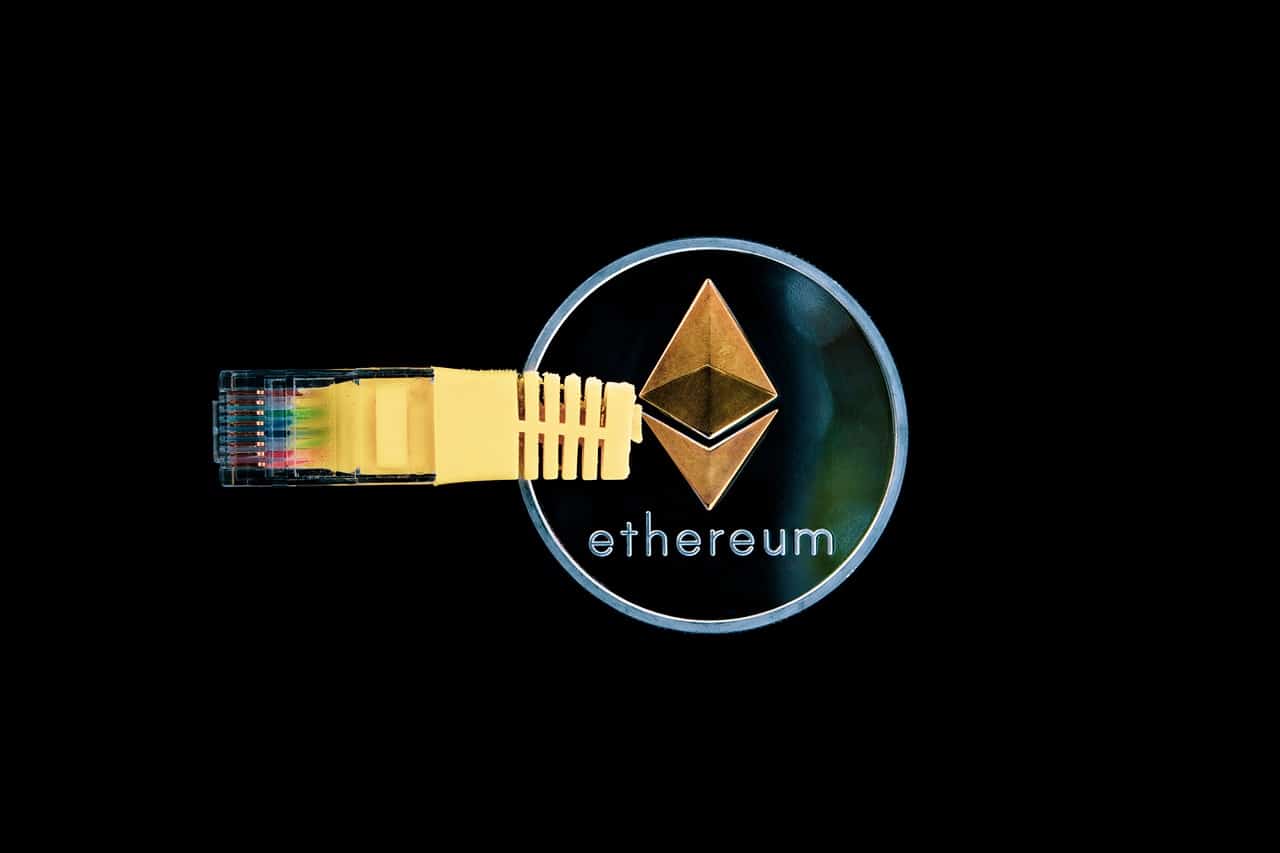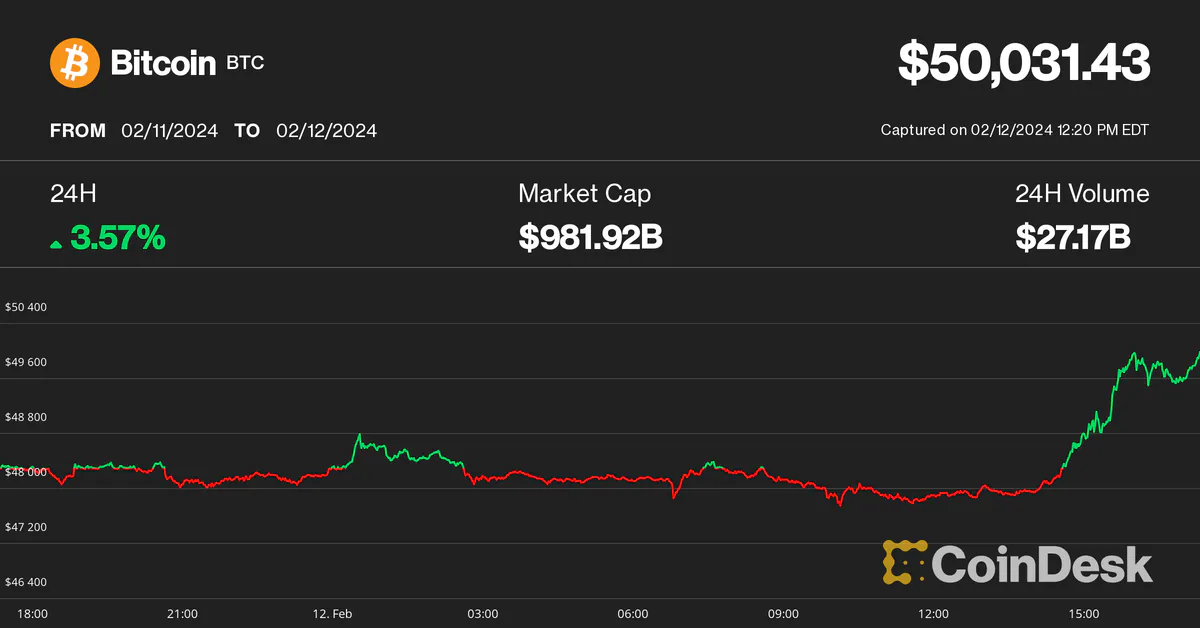LD Capital Macro Weekly Report Retail Investors’ Bullish Sentiment Soars, Deviating from Economic Fundamentals for the First Time in 3 Years
Retail investors' bullish sentiment reaches new heights in the LD Capital Macro Weekly Report, signaling a shift away from economic fundamentals for the first time in three yearsHighlights
- Last week, industries most sensitive to interest rate cuts continued to lead, while the technology and communication sectors, which had risen over 50% earlier this year, performed the worst. The bond market saw the best monthly returns in the past 30 years.
- On the data front, US and global GDP growth slowed down, US manufacturing showed a slight deterioration, but consumer spending continued to increase.
- Fed’s Waller hinted at a possible rate cut, Fed speaker Timiraos wrote that Fed rate hikes may be over, but Powell continues to stubbornly hold his ground, to the disbelief of the market.
- OPEC+ expanded production cuts, but oil prices fell instead. This is mainly due to the fact that this meeting could be OPEC’s self-imposed limit and there won’t be another production cut. The market is concerned about a potential market share battle next year.
- Compared to 2023, fiscal policies in 2024 could have a greater drag on the US economy. DB predicts that nominal GDP growth will be dragged down by around 0.8%.
- The entry into the cryptocurrency market is currently not subject to strict restrictions. The penetration rate in the US is close to 20%, almost on par with stocks. Even if ETFs are approved, the incremental impact may be limited. Whether the Bitcoin ETF fails or succeeds in January, it could signal the short-term top.
- Total stock positions increased to the 63rd percentile this week, with systematic investors neutral and subjective investors leaning towards higher positions.
- In the futures market, net long positions on US stocks have risen for three consecutive weeks, but this is the first time since the end of 2019 that it severely deviates from the economic fundamentals.
- AAII survey shows bullish sentiment among retail investors reaching historical highs, with the bullish-to-bearish ratio at the 91st percentile.
- The demand for bullish options on gold is unusually high, with put-call skew approaching historical extremes.
- This week, focus on non-farm payroll data. Considering seasonal factors and the return of strikes in November, the expected figure of 175,000 is not high. A slightly lower-than-expected number could further hint at rate cuts, while a slightly higher-than-expected number would provide enough reasons for the market to convince itself otherwise.
Market and Data Review
Last week, the market was led by cyclical industries and small-cap stocks. In general, industries most sensitive to interest rate cuts performed well, including cryptocurrencies, industrial metals, and gold. The chart below shows the performance of major stock indices, with small-cap index Russell 2000 (RUT) accelerating its rise in the second half of last week.


Typical interest rate-sensitive industries include real estate, with sectoral performance rising by over 5% in a single week, making it the best-performing sector in the S&P industry index. It has gained 14.5% in the past month. Other sectors that have risen by more than 11% in the past month include financial services and non-essential consumer goods. On the other hand, the best-performing sectors this year, technology, and telecommunications, have performed the worst, with telecommunications even declining by 3% last week, making it the only declining sector:
- Bitcoin breaks the $40,000 mark, the ‘Christmas effect’ is coming, how will the market perform?
- Why is it more likely for Amazon to succeed if it launches a stablecoin?
- Taking the Reins: Binance’s Wild Ride Continues

The telecommunications sector (S5TELS) has recently experienced a counter-trend correction, while the technology sector (S5INFT) has been stagnant. However, they still maintain returns of more than double the market overall this year:

The bond market has achieved its best monthly returns in the past 30 years:

The current interest rate futures market implies a 28 basis points rate cut over the next six months, which means there will be one rate cut before May. It also suggests a 99 basis points rate cut over 12 months, which approximately equates to four rate cuts next year. This projection is relatively advanced, and we believe that there is a possibility for the Fed to verbally supress these expectations (after the December meeting). Although some officials have started to shift towards dovishness, it is difficult to expect them to collectively support these expectations:

In terms of data, US and global GDP growth is slowing down, while US manufacturing momentum has deteriorated slightly. However, consumer spending continues to grow. Both core inflation and GDP growth have declined in the US, but since the market is more concerned about the former, it still supports the optimistic sentiment of central banks and the market for now.
The Atlanta Fed’s GDPNow forecast for fourth-quarter growth decreased from 2.1% to 1.8% last week:

Although the global manufacturing PMI index rose to 49.3 in November, the highest in six months, the global PMI has been below 50 for 15 consecutive months, marking the longest contraction period since the 2008 financial crisis:

The manufacturing PMI in the United States has been contracting for 13 consecutive months (below 50), creating the longest contraction period in the past 20 years since the burst of the internet bubble crisis:
Overall, the potential inflationary pressure in the United States continues to decrease. It is widely expected that inflation will continue to trend moderately in the coming months, although not in a linear decline. The core inflation index for October, announced last week, continued to decline, with a year-on-year increase of 3.5%, getting closer to the Fed’s target of 2%. The annualized core inflation rates for the past 3 months and 6 months were 2.4% and 2.5%, respectively, significantly lower than earlier highs this year:

The monthly growth rate of personal consumption slowed from 0.7% in September to 0.2%. However, the annualized growth rate is about 5.2%, the same as the previous three months.
In the Eurozone, the nominal inflation rate in November fell to 2.4%, far below the peak of 10.6%, which exceeded market consensus:

More hints of interest rate cuts
Last week, Fed’s Waller stated that if progress in curbing inflation continues over the next few months, it would be reasonable to begin cutting interest rates in the first half of 2024. These comments sharply contrast with Chairman Powell’s response to interest rate cut questions at the November FOMC meeting when he emphasized: In fact, the Committee is not even considering interest rate cuts at this time.
Timiraos, the Fed’s megaphone, also wrote last week: The Fed’s interest rate hikes may already be over, but officials are reluctant to say so. The Fed will extend its pause on interest rate hikes until January next year. This means that at the meeting on December 12-13, the Fed will focus on discussing how long it is still possible to signal a rate hike. It is unlikely that officials will eliminate this so-called tightening bias at this meeting, which will be the necessary first step before considering interest rate cuts. This can be seen as a prelude to the December meeting continuing to hold steady, but with a hawkish tone.
According to current market forecasts, by June of next year, the year-on-year core PCE inflation rate should have convincingly dropped to below 3%, and the unemployment rate will rise to close to 4.5%, indicating a moderate recession environment in which the Fed has little reason to continue its stance.
On Friday, Powell poured cold water on the idea of an interest rate cut, saying it’s too early to loosen policy and further tightening may be necessary when needed. However, he also mentioned that monetary policy has a lagged effect on the economy, and the full impact of the Fed’s tightening policy may not have been seen yet. The market clearly ignored his “stubborn” remarks and focused more on the pressure on Fed’s policy shift due to the weakening economy. In terms of market performance, US bonds saw a significant rebound in prices and a drop in yields on Friday.
Fed would prefer not to be forced to ease due to economic downturn, although many people believe that the Fed’s easing cycle will be the catalyst for the next wave of stock market gains. However, history has shown that the combination of the Fed’s easing cycle and the widening of investment-grade credit spreads is the worst environment for stocks, i.e., a recessionary environment. Bulls should hope for an improvement in the economy, leading to a loose credit environment, rather than easing dominated by the dovish Fed due to economic weakness.
Increased Fiscal Drag
Deutsche Bank: Given the current highly uncertain political environment, the projected range for the fiscal year 2024 deficit is very large, between $16 trillion and $19 trillion, with a baseline forecast of around $17 trillion, compared to a deficit narrowing of $337 billion this year. Compared to 2023, fiscal policy in 2024 is expected to have a greater drag on the economy. We forecast that nominal GDP growth will be dragged down by about 80 basis points.
BTC Approaching $40,000
The expectation of spot BTC ETF approval combined with a weakening US dollar and bond yields pushed BTC close to the $40,000 mark last week. The market is now very optimistic that the ETF can be approved in early January. However, as we have analyzed before, we do not believe that the entry of the cryptocurrency market is currently heavily restricted, whether it’s Coinbase or listed cryptocurrency ETPs such as BITO and GBTC, or the Bitcoin and Ethereum futures markets.

According to a survey conducted by Coinbase in February 2023, 20% of Americans own cryptocurrency, compared to a proportion of 21% who directly hold stocks. This shows that the penetration rate of cryptocurrency in the United States is already high (if the CB survey data is not too outlandish), with limited room for further expansion.
So we tend to think that whether the Bitcoin ETF fails or succeeds in January, it may indicate the appearance of a short-term top.
OPEC+ expands production cuts, but oil prices fall
After difficult negotiations, OPEC+ reached an agreement on oil supply last Thursday. OPEC+ agreed to further cut supply by 1 million barrels per day. At the same time, Saudi Arabia will extend its existing voluntary additional cuts of 1 million barrels per day. However, oil prices fell by almost 5% (83–79) after the meeting.
Some analysts believe that because the cuts are voluntary, they are concerned that they will not be strictly enforced. In addition, the target of 1 million barrels of cuts was already expected, and this time it was only reluctantly achieved. The related cuts were already factored into the oil price, and it is highly likely that this will be the limit of OPEC’s self-restraint. There will not be another round of cuts, and there may even be a market share battle next year, which could cause oil prices to fall to around $40. OPEC+ currently has approximately 5 million barrels per day of spare production capacity, and there is no sign that the growth rate of US production will decrease (the US added 5 oil drilling rigs last Friday). People had hoped that next year’s demand growth would absorb OPEC’s idle production capacity, but OPEC itself has only predicted a demand growth of 2.5 million barrels per day; therefore, the market needs at least another year to tighten. These factors may be the reason for oil prices rising first and then falling sharply.
Position and capital flows
According to Goldman Sachs PrimeBook data, hedge funds and mutual funds have increased their exposure to stocks throughout the year. Hedge funds’ net positions for 2023 have increased from 61% to 66%, but are still below the long-term average of 70%. However, because hedge funds have increased both long and short positions, the overall leverage ratio has now reached a historic high. This means that the investment scale of hedge funds relative to capital has increased, but the exposure to risk remains relatively conservative. It seems that everyone is still afraid of a sharp downturn or that the animal spirits have not yet been unleashed:

The demand for bullish options on gold is unusually high, and the put-call skew is close to historical extremes, indicating that the market is extremely optimistic about the asymmetric upward expectations of gold in the near future. This may be a sign of an ongoing major uptrend or it may suggest that the market needs to adjust (pay attention to the comparison between the price blue line and the skew red line at extreme values):

The put-call spread for individual stocks is also declining, currently at only the 25th percentile of historical levels, indicating that professional investors have a higher level of bullish sentiment but are not yet at extreme levels. If there is further increase in bullish demand, it would serve as a warning signal for the stock market:

Increasing demand for bearish oil options (skew to the upside), as investors’ expectations and fears of a drop in oil prices intensify. This is also a contrarian indicator, and buying bullish oil options as a hedge against inflation and geopolitical risks can be a good opportunity.

The total stock positions, as per Deutsche Bank’s statistics, further increased this week (63rd percentile). Systematic strategies have slightly increased their positions from slightly below neutral to slightly above neutral (44th percentile). Despite their significantly bullish outlook for major US indices, their positions in small-cap stocks, European, and emerging market indices remain relatively low and still on the rise. Meanwhile, individual investors’ positions have further increased to the overallocated area (81st percentile), indicating high but not extreme positions:

CTA positions have seen three consecutive weeks of increase, with stock allocations turning bullish. However, historically, they remain relatively low (27th percentile). The bearish exposure to bonds seems to be in the early stages of narrowing (15th percentile):

US equity funds ($8.3 billion) continue to see stable net inflows, while the rest of the world (-$5.7 billion) experiences net outflows. Money market funds have received a significant amount of net inflows ($75.6 billion), totaling nearly $300 billion over the past 6 weeks, reaching a record-breaking total of $1.29 trillion year-to-date. The pace of inflows into bond funds slowed down last week, but there are still significant inflows into the corporate bond sector, while emerging market stocks and bonds both saw outflows:

In the futures market, net long positions on US stocks have increased for the third consecutive week, but this is also the first time since the end of 2019 that it significantly diverges from economic fundamentals:

Market Sentiment
Goldman Sachs sentiment indicator returns to 1.0, indicating current optimism:
sentiment indicator returns to 1.0, indicating current optimism:
Bank of America sentiment indicator rises from 2.1 to 2.7, remaining in the neutral range:

AAII survey shows the bullish-to-bearish ratio increasing to 48.76%, equal to the level seen in July this year, reaching a historical 91st percentile:


CNN Fear Greed Index leans positive but has not reached excessive greed:

Focus of the Week
There are only four things that can turn the current situation around: a change in Fed policy expectations, fear of economic growth, political/financial uncertainty, and geopolitical uncertainty.
The recent turning point may be Friday’s non-farm payroll report, which is expected to show an increase of 175,000 jobs compared to October’s 150,000. It is possible that some workers who were on strike in November returned, and the seasonal hiring during the holiday season (such as retail and logistics) may also increase the number of hires, which could disrupt the employment trend. It should be noted that even if the November data is strong, it cannot hide the overall trend of softening in the job market, which is confirmed by high-frequency weekly unemployment claims data:

Since the non-farm payroll figure is already not high, a slightly lower-than-expected number may lead to further speculation about interest rate cuts, while a slightly higher-than-expected number may give bulls more reasons to be convinced. However, a significantly lower-than-expected number may trigger recession fears. Additionally, the market predicts that the unemployment rate will remain at 3.9% between October and November; average hourly earnings in November are expected to increase by 0.3%, surpassing the previous value of 0.2%, but the year-on-year growth rate will continue to decline to 4.0%, compared to the previous value of 4.1%.
Earlier on Tuesday, there was data on job vacancies in the United States, which was expected to drop from the previous 9.553 million to 9.35 million. Although job vacancies fluctuate greatly, the trend of a turnaround is evident, and this data has had a noticeable impact on the market in the past two months.

We will continue to update Blocking; if you have any questions or suggestions, please contact us!
Was this article helpful?
93 out of 132 found this helpful
Related articles
- LianGuai Daily | MicroStrategy’s Bitcoin investment gains $1.63 billion; Surinamese President meets with JAN3 CEO to develop national Bitcoin strategy
- Bitcoin ETFs: Putting an End to the Crypto Circus
- 12 charts interpreting the crypto market in November NFT recovery is strong, most indicators continue to grow.
- BITO ETF: Riding the Bitcoin Wave
- Bull Runs: Ignited by ESG Winds and Ignition Events
- ABCDE Research Report ZK New Use Cases, in-depth discussion of coprocessors and various solutions
- Cryptocurrency Adoption: A Rigid Revolution






